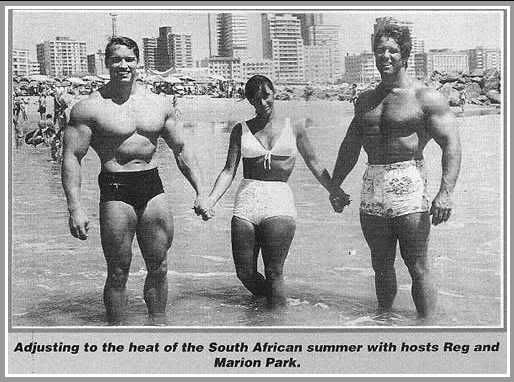Interesting, thanks.
When you say 10 reps is that 10 reps at any weight or just the poundage he was playing with?
Wouldn't it be great to get a few clones of him!
He's the sort of player who'd be valuable in any team. Hard as in uncompromising rather than hard as in intimidating as I see it.
Now with regard to calves. Humans evolved to walk long distances, to take thousands of steps each day, and the principal muscles involved are those of the calves. As a result I see them as being fundamentally different to most other muscle groups. You have to tire them to get the right sort of stimulation.
When I started doing body building at the age of 19 virtually on my own I weighed 60kg. Through a lot of hard work I built up to 85kg in four years. (9 stone 7 pounds to 13 stone 4 pounds in old money) There was a lot of experimentation involved and I loved doing calf work. A lot of it was doing donkey calf raises with a mate sitting on your back. Early on I started doing sets to failure, stopping when the muscles burned so much it felt as if they were cramping, and doing multiple sets.
Later on I used to do mainly two-legged standing calf raises without weights, doing sets of perhaps 200 reps. Gradually I built my calves up to 17" (43cm).
One of the legendary big-calf bodybuilders of the 'Fifties was Reg Park. In 1956 his measurements were: "Weight 230, Height 6'1", Arm 19", Calf 18", Thigh 28", Chest (normal) 52", Waist 32", Wrist 8", Neck 19", Forearm (gooseneck) 16"." I didn't know it at the time but Reg also did a huge number of reps for his calves.
Before writing this reply, I did some single-leg standing calf raises off a raised block. I easily did 70 reps on each leg. My calves are still 17" which I don't feel is too bad for age 74. So I feel I have some authority to speak about exercising calves and I'd be astounded if anyone can get real benefit from doing sets of 10 even with heavy weight.
If they're not burning they're not being worked.
.

